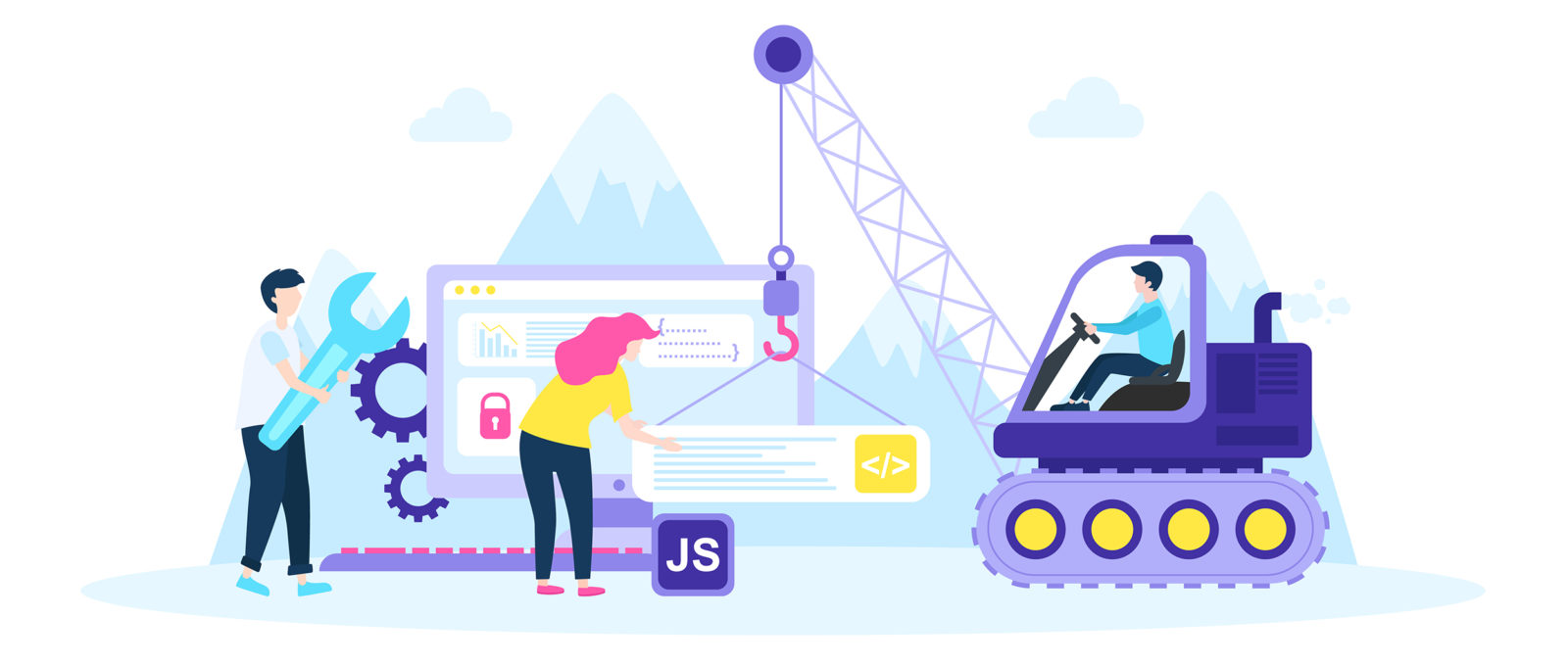Intrigued In Discovering Just How Site Layout Has Advanced Throughout The Years? Discover The Journey From Uncomplicated Layouts To User-Centered Techniques
Intrigued In Discovering Just How Site Layout Has Advanced Throughout The Years? Discover The Journey From Uncomplicated Layouts To User-Centered Techniques
Blog Article
please click the following page -Kahn Lunde
In the past, sites were straightforward and focused on info. Navigating was straight, and layout was for desktop computers. Currently, individual experience is vital. Information guides designs for very easy navigating. Receptive formats suit various devices. Today, dark setting minimizes strain, and minimal food selections enhance navigating. Interactive attributes engage individuals, and vibrant visuals stick out. AI integration boosts interaction. See just how style has actually developed to enhance your on-line journey.
Very Early Days of Web Design
In the early days of web design, simpleness preponderated. Sites were standard, with restricted shades, typefaces, and designs. The emphasis got on providing info as opposed to showy visuals. Customers accessed the internet through sluggish dial-up connections, so speed and performance were essential.
Navigating menus were straightforward, generally situated at the top or side of the web page. Sites were made for computer, as mobile browsing had not been yet widespread. Web content was king, and designers focused on easy readability over intricate style components.
HTML was the key coding language made use of, and developers needed to function within its restrictions. Animations and interactive attributes were very little contrasted to today's standards. Websites were fixed, with little dynamic web content or personalized customer experiences.
Surge of User-Focused Design
With the evolution of site layout, a change in the direction of user-focused style concepts has become progressively prominent. Today, developing sites that prioritize individual experience is critical for involving site visitors and achieving service goals. User-focused design includes understanding the demands, choices, and behaviors of your target audience to tailor the website's design, content, and features as necessary.
Designers now conduct complete research study, such as user studies and usability screening, to collect insights and comments directly from users. This data-driven approach helps in producing user-friendly navigating, clear calls-to-action, and visually attractive interfaces that reverberate with site visitors. By positioning the customer at the center of the layout procedure, web sites can provide a much more personalized and pleasurable experience.
Responsive style has also become an essential element of user-focused style, guaranteeing that web sites are maximized for numerous tools and screen sizes. This adaptability enhances access and use, accommodating the varied ways users engage with internet sites today. Essentially, the rise of user-focused style signifies a change in the direction of creating digital experiences that focus on the demands and assumptions of the end individual.
Modern Trends in Web Design
Check out the most recent trends forming web design today. One popular trend is dark setting layout, supplying a sleek and modern-day appearance while reducing eye pressure in low-light environments. Another essential trend is minimalist navigation, streamlining menus and enhancing user experience by focusing on essential elements. Integrating micro-interactions, such as computer animated switches or scrolling results, can develop a more interesting and interactive internet site. Responsive layout continues to be important, guaranteeing seamless user experiences throughout various gadgets. In addition, making use of bold typography and unbalanced formats can add visual passion and draw attention to particular content.
Incorporating AI modern technology, like chatbots for consumer support or individualized suggestions, enhances user involvement and improves processes. discover here has also end up being a substantial pattern, with designers focusing on inclusive style methods to cater to varied customer demands. Embracing sustainability by enhancing site efficiency for speed and effectiveness is an additional emerging pattern in web design. Working together with user comments and information analytics to iterate and boost layout continually is important for remaining relevant in the ever-evolving electronic landscape. By accepting these modern-day fads, you can produce an aesthetically attractive, user-friendly web site that resonates with your audience.
Verdict
As you reflect on the development of internet site style from the early days to now, you can see how user-focused layout has actually become the driving pressure behind modern-day fads.
Embrace the journey of modification and adaptation in web design, always keeping the user experience at the leading edge.
Tippingpointdigital
Keep current with the most up to date fads and innovations, and never quit evolving your method to create visually sensational and easy to use websites.
Advance, adjust, and create - the future of web design is in your hands.
